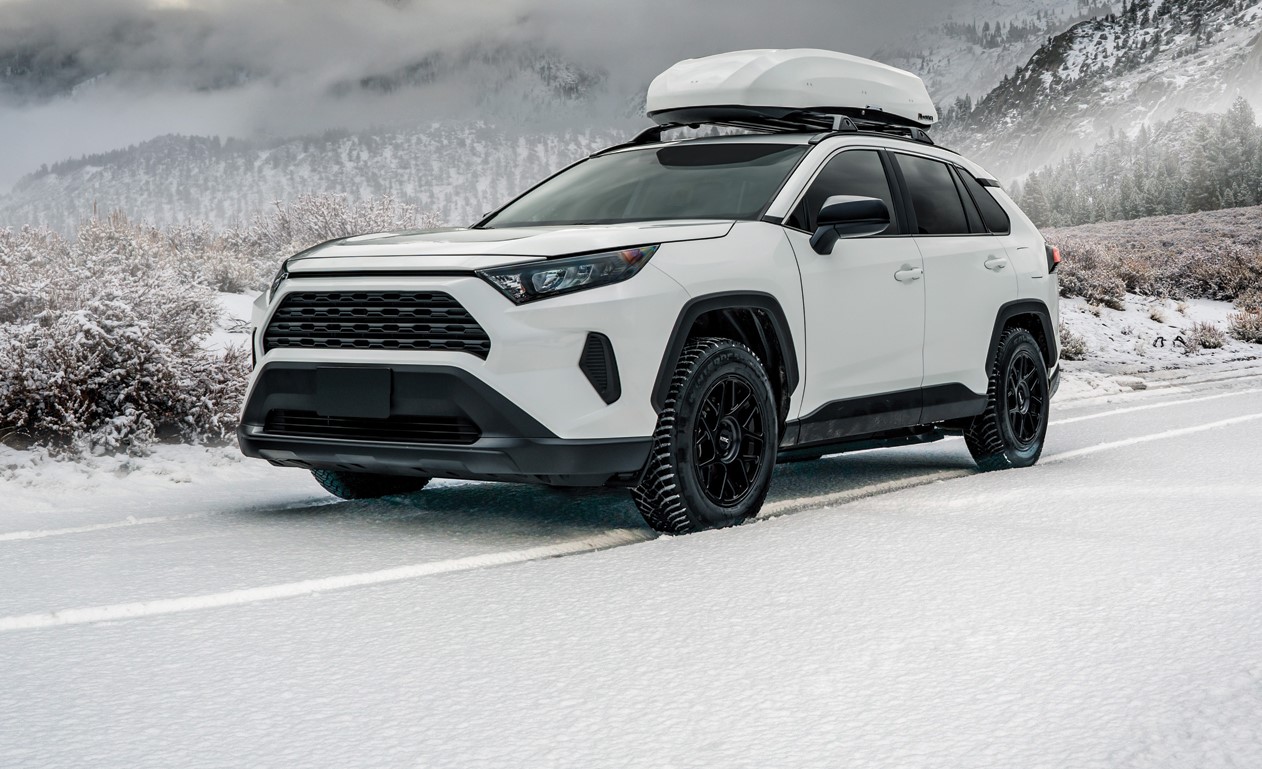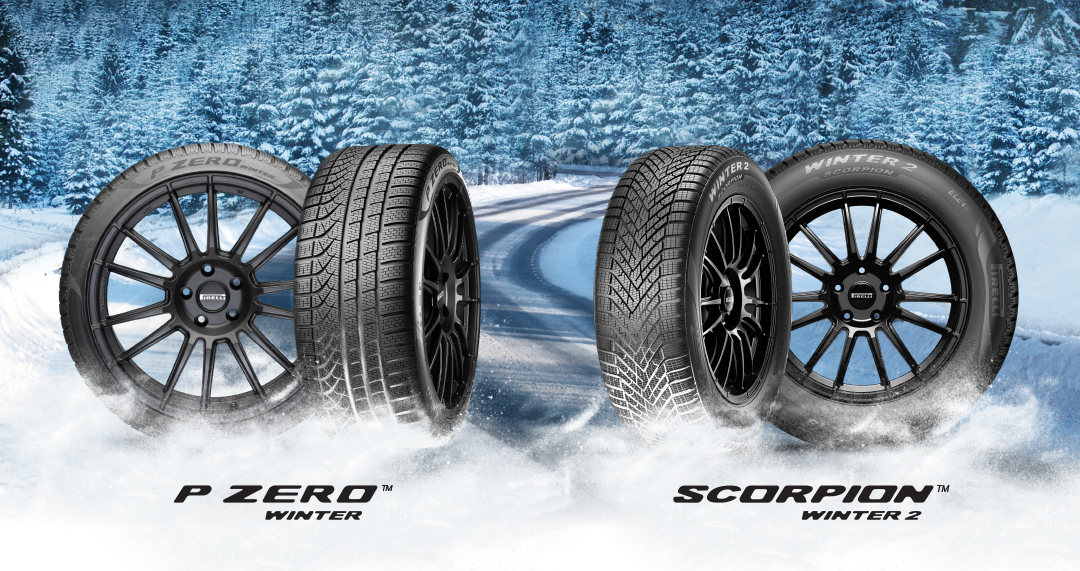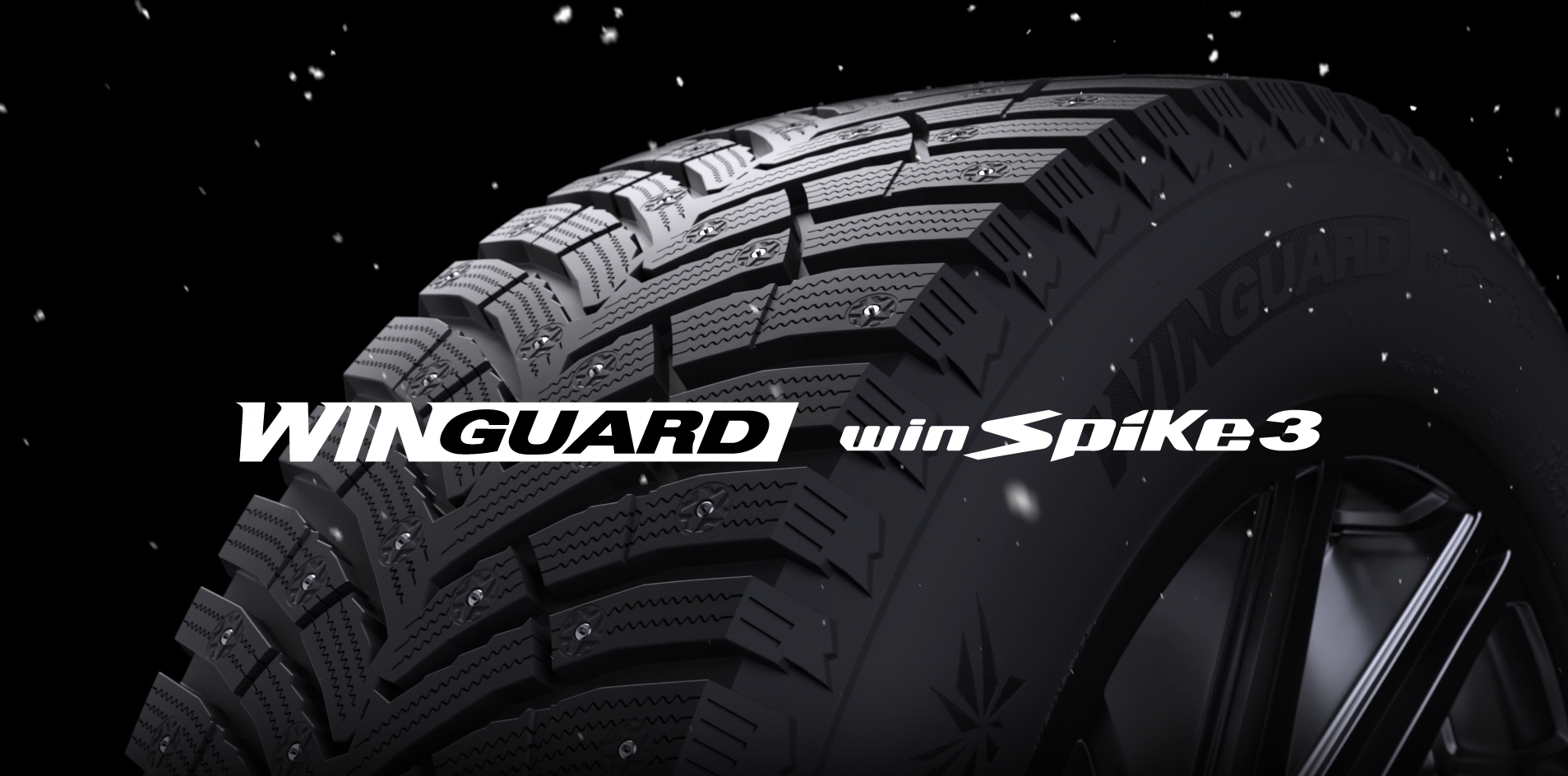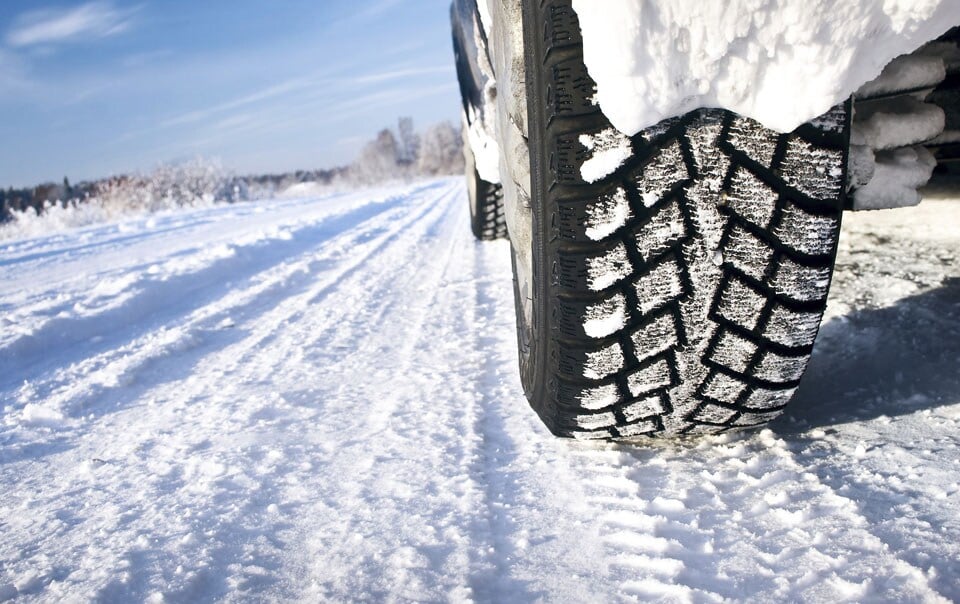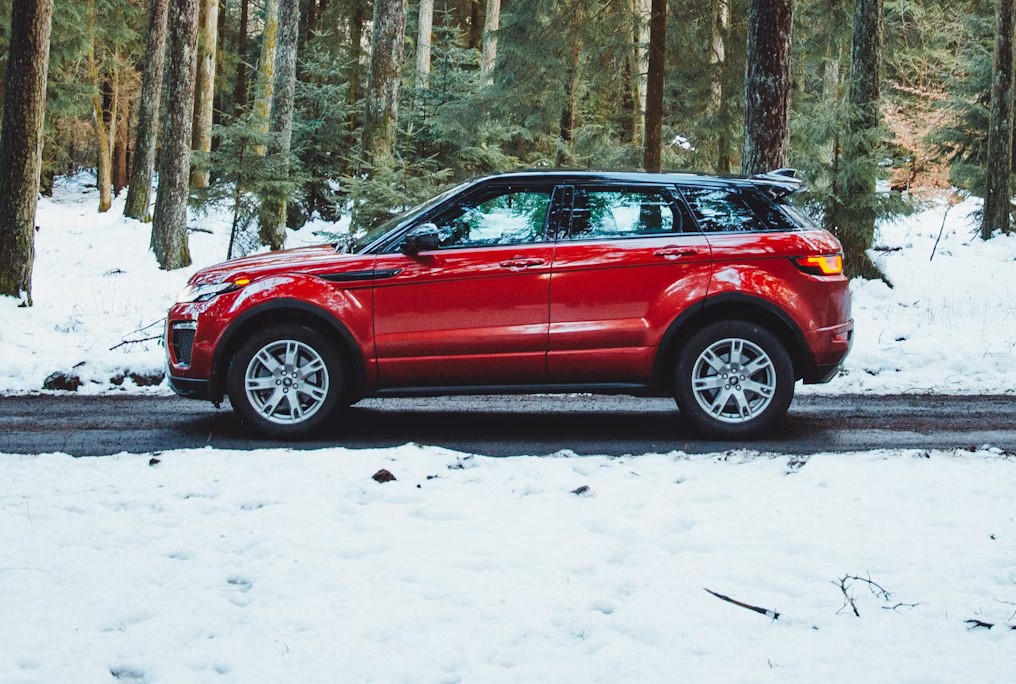Last Updated on October 7, 2024
All-Wheel Drive vs Winter Tires: Which is Better for Winter Driving?
Many drivers believe they don’t need winter tires because they have an all-wheel drive (AWD) vehicle or a 4×4 truck. While it is true that AWD and 4×4 vehicles offer better traction than front—or rear-wheel-drives, they’re not a substitute for winter tires. This article explores AWD and 4×4 systems and explains why winter tires are essential for the best winter performance.
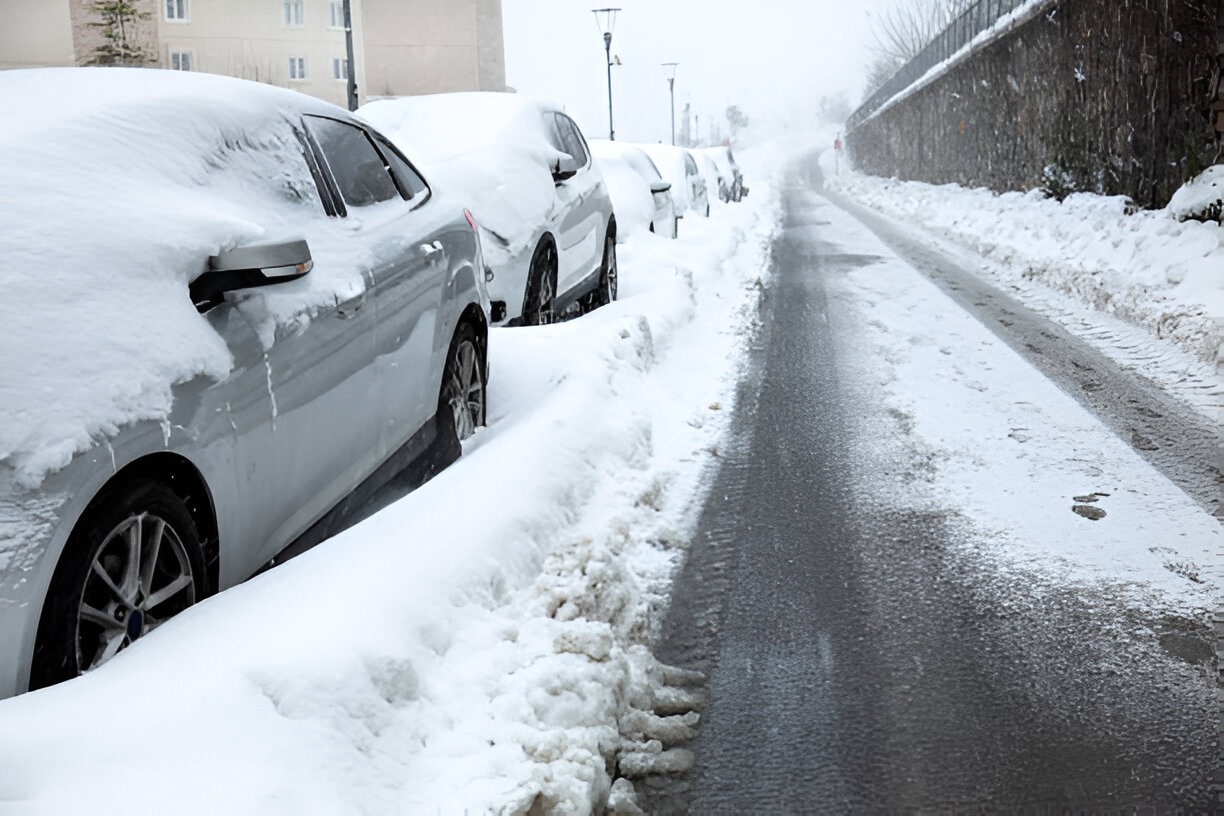
What Are AWD and 4×4 Drive Trains?
There are several types of drivetrains on modern vehicles. Although all-wheel-drive (AWD) and 4×4 drivetrains are often mentioned in car commercials and brochures, few people know what they stand for.
The AWD has a drive train layout where power is distributed to all four vehicle wheels, either full-time or on-demand. Most AWD systems drive only two wheels under normal conditions, switching to all-wheel drive when they detect wheel slippage. When slippage is detected, the system automatically sends up to 50% of the power to the wheels or axle with the most traction.
4×4 systems are usually found on off-road vehicles and heavy-duty pickups, designed for extreme conditions. Unlike AWD, 4×4 systems require the driver to switch from two-wheel to four-wheel drive manually. Once engaged, power is distributed equally to all four wheels, providing maximum traction—which offers great control in deep snow or off-road driving. Also, the 4×4 system can send up to 100% power to whichever axle has the most grip. This system is ideal for extreme conditions like deep snow or rugged terrain.
Why Are Winter Tires Necessary?
Traction
Although the AWD and 4×4 are extremely capable systems that significantly improve traction and stability in all weather conditions, they still need capable winter tires to deliver the maximum winter performance. This is because, despite the mechanical advantage of those drive trains, the contact patch between the ground and the vehicle is capable mainly of handling and braking, and that contact patch must be the winter tire. The AWD and 4×4 vehicles can withstand mild winter and small snow when equipped with all-season tires. But when the weather gets freezing, and there are a couple of inches of snow on the ground, the drivers will get the same problems as the ones with FWD or RWD vehicles.
Braking
One of the areas where the winter tires are absolutely dominant is the breaking. Neither AWD nor 4×4 systems improve braking, which you need to remember. On icy roads, the ability to stop in time depends on the grip provided by your tires. Winter tires significantly reduce stopping distances compared to all-season tires, even when used with AWD or 4×4 systems.
Likewise, cornering performance is directly related to the tire’s ability to grip the road, and winter tires provide better stability when navigating turns in snow and ice. Another reason you should buy winter tires for your AWD car or 4×4 truck is that those vehicles are a bit heavier than the standard FWD or RWD cars, affecting braking distance. With good winter tires mounted on all four corners, you will minimize weight penalty and still keep short braking distances.
Cornering
When it comes to cornering, winter tires shine again. All-season tires lack the grip to prevent sliding or skidding in sharp turns on icy roads. Winter tires maintain better contact with the road, offering better handling and stability during cornering.
Best Combination
AWD and 4×4 systems paired with winter tires offer the best combination for winter driving. This combination provides the best stability, cornering, and braking ability of all vehicles on the road. AWD with winter tires is a solid choice for daily commutes and typical conditions, offering reliability and traction when needed. If you regularly face deep snow or tougher off-road conditions, a 4×4 with winter tires is your best bet, though it may be overkill for everyday driving.
-
Automotive Specialist





